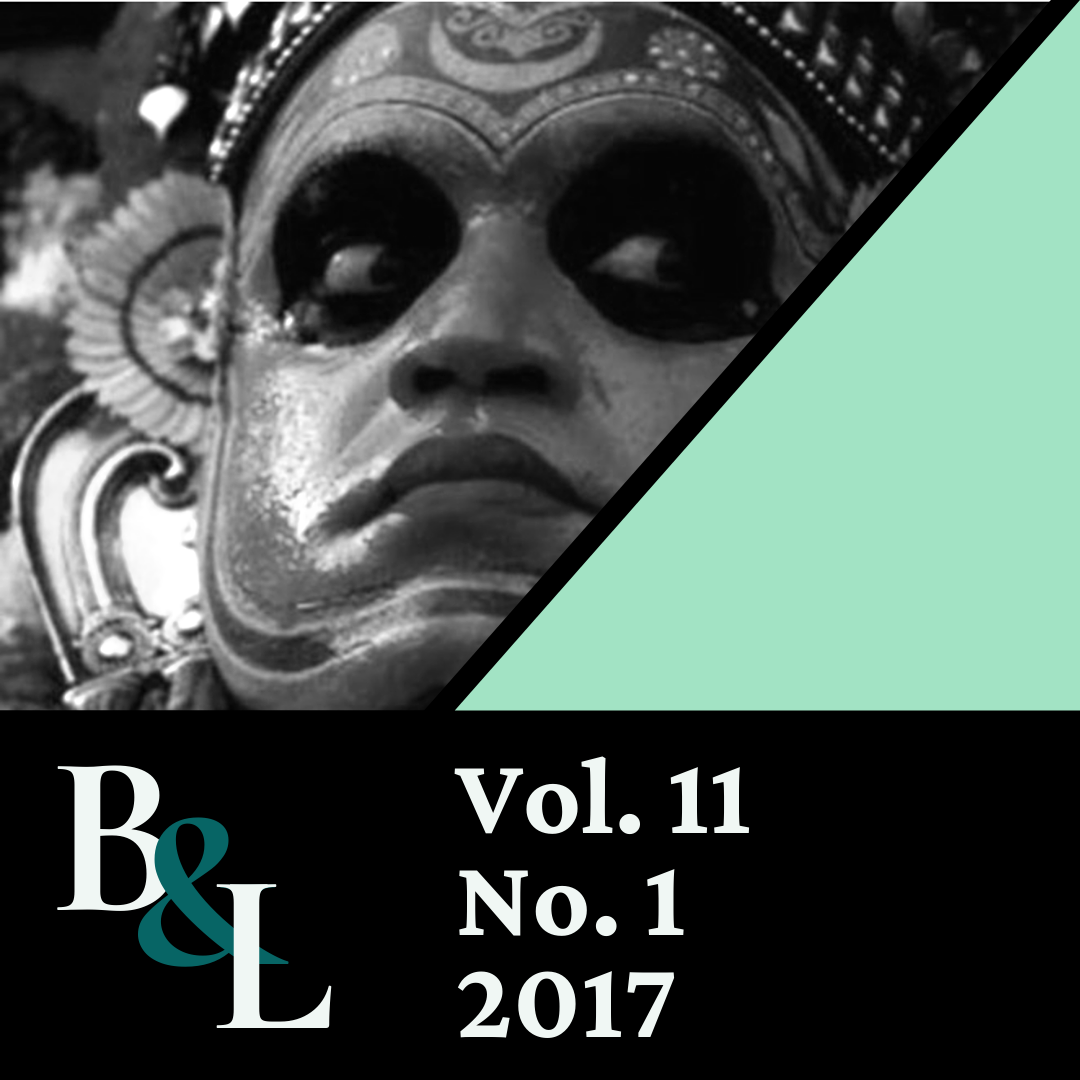Reading Madness in the Archive
Shakespeare's Unread "Letters"
Abstract
Materialist Shakespeare criticism focusing on writing practices and utensils has tended to shelve the task of reading, abandoning philology and questions of textual corruption while reducing the temporality of objects to the spatial textual metaphor of the palimpsest. In response, Burt calls for a return to philology as a "textual fauxrensics," with close attention to what Derrida calls the "spectral structure of the archive." Some of Shakespeare's plays' letters go unread, moments frequently attached to madness that demand a different reading or a recording, a setting down. Examples of unread letters are to be found in scenes in Twelfth Night, Macbeth, Hamlet, Henry V, Titus Andronicus, and Julius Caesar. Shakespeare's unread letters put critical pressure on the ordinary understanding of letters, as if forcing the word into scare quotes — "letters" — letters meaning both messages with material supports and alphabetic letters. These letters also put critical pressure on what we mean by "reading," since some of these "letters" go unread, although not literally so. Burt discusses unread letters as multi-media archival effects — not as open and shut letters (enveloped, addressed, and posted significations), but as open and "cut" letters, taking the blurring between alphabetic letters and the material supports of letters as text messages. The material supports include not only paper, but also the mutilated body and even the wounded corpse, both in need of reading. Scenes of reading letters in The Two Gentlemen of Verona and Romeo and Juliet call up deconstruction's ghosts, leaving open whether letters (Derrida) or language (De Man) has priority over the other.


